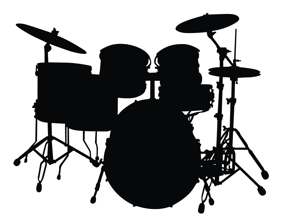
What Are Rudiments?
Standard rudiments are a way of helping drummers cooperate and create consistency in their sound. They define certain techniques and sound bytes so they can be agreed on by different drummers, and performed the same way every time. Currently, there are 40 standard rudiments, expanded recently by the Percussive Arts Society, from the previous collection of 26. Complete descriptions of each are here on Wikipedia. Also check out the Vic Firth drumsticks website for additional rudiments, discussion, and more.
Check them out:
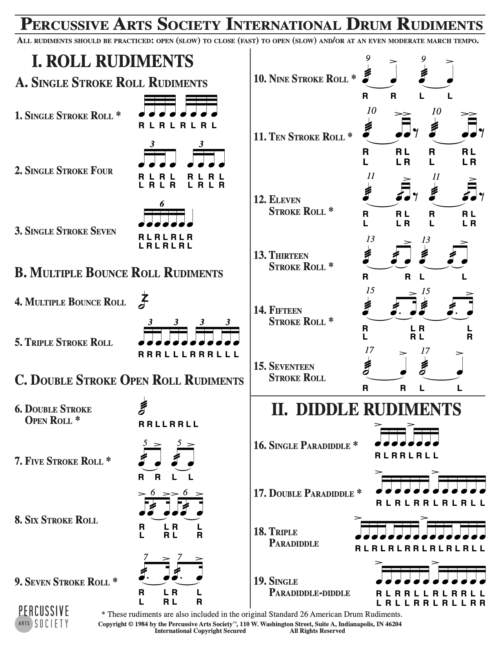
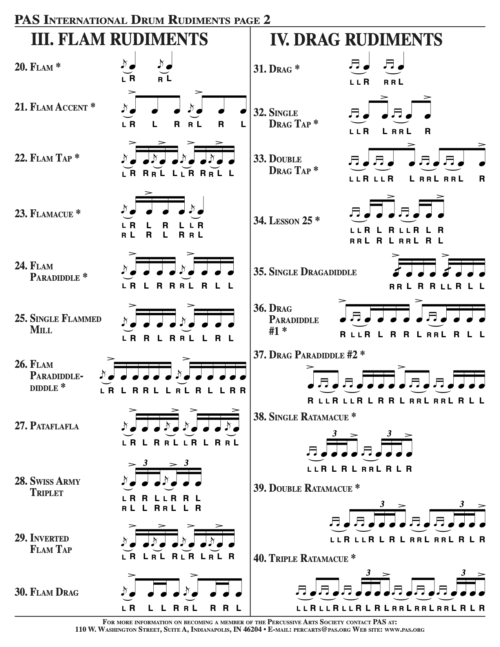
Origins of rudiments: military style drumming
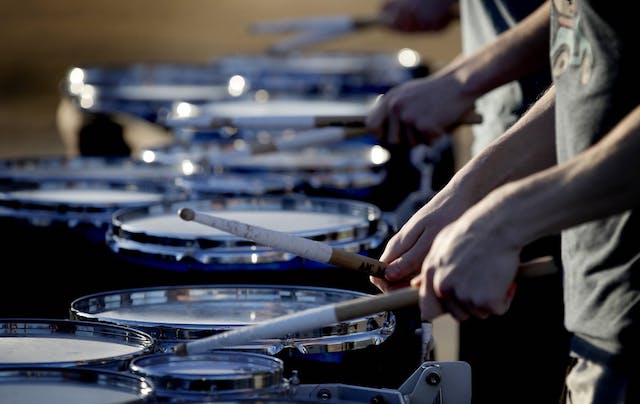
Drumming is an ancient art. One of the most ancient, actually. The history of our modern music is pretty impressive, and has a lot of cross-cultural influences that shaped it along the way. Drumming has its own history that is related to overall musical history, but isn’t identical.
Currently, most drummers in modern music play a ‘drumset’- an invention created in the early 1900’s, which is only a century ago. Other instruments are much more established, and have been unchanged for many centuries. Prior to the drumset, most drummers only played ONE INSTRUMENT… one drum, one shaker, one metallic or wooden object. Accordingly, most bands had more than one drummer, who worked together.
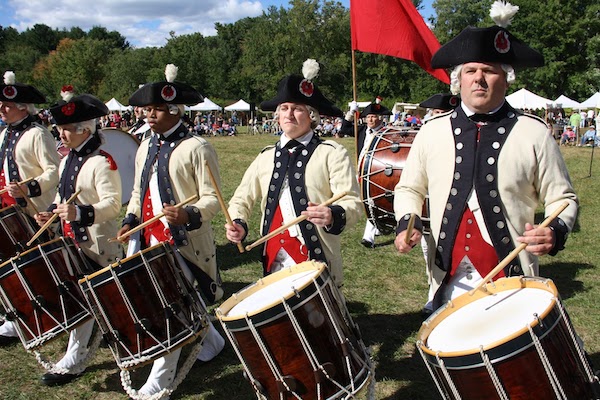
When drummers accompanied armies across battlefields, their purpose was to assist the army in staying organized and to communicate signals for the army. Their drumming had to be precise and coordinated, as well as consistent between players. Drum rudiments helped achieve this need. They were designed as pieces – short phrases – of drumming literature, which could be synchronized and learned with identical execution between players in a military drum corps. Stick height, positioning, and timing were all well-defined aspects of these rudiments.
Musical purpose of rudiments
Aside from serving military uses, the style of ‘rudimental drumming’ was created essentially to add expressiveness on a single drum. The sounds involved, such as flams, rolls, drags, and accents, give depth to what could otherwise end up as boring. These sounds are encapsulated in the short rudiments, which makes it convenient for drummers to learn them and gain speed of execution wih them. Thus, they make a really useful starting vocabulary for drummers in all styles of music.
Even though bands with one drummer have no need for drummers to coordinate their sounds and movements perfectly, the expressiveness gained by employing the rudiments within drumset performance adds great depth and a characteristic sound to the music.
When should the rudiments be learned by drumming students?
Many drum teachers, especially those with an appreciation for the roots of drumming, emphasize the importance of training with rudiments from a young age. Others, including myself, consider rudiments to be a crucial vocabulary that should be learned, but not necessarily in the very beginning of one’s training on the drumset. Rudiments are designed to sound precisely the same every time they are executed- therefore, it is important to have consistency in one’s playing before developing the rudiments. There are some more basic foundations, such as simple continuous alternating strokes and simple unison hits, that will prepare students for tackling these advanced sound combinations.
Furthermore, many of the rudiments require advanced sticking practices, such as ‘double strokes’- which means either allowing a stick to bounce twice for each stroke (not precise in terms of volume) or using the wrist for the first stroke and the fingers to create an additional stroke before lifting the stick again.
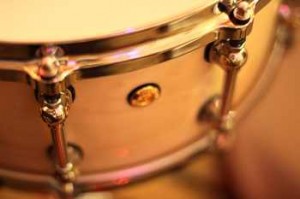
Categories of rudiments
The ’40 Standard Drum Rudiments’ fall into four categories: ‘roll’ rudiments, ‘diddle’ rudiments, ‘flam’ rudiments, and ‘drag’ rudiments. (In my opinion, they forgot an ‘accent’ rudiments category). (See above links for details on each of the rudiments).
The ‘roll’ rudiments are all designed to create a continuous, more or less smooth sound on a drum. The three basic rudiments in this category are the single stroke roll, the double stroke roll, and the multiple bounce roll (buzz roll). All other exercises in this category are just specific lengths of the single- and double-stroke rolls… and there is a triple stroke roll included, which I don’t see as useful for any style except marching drumming.
The ‘diddle’ rudiments are linear sticking patterns, made of single strokes and double strokes. They are in essence blends of the single stroke and double stroke roll. There are only four recognized rudiments in this category, but for drumset purposes this category should be explored in much more depth. It’s a very useful way to play for moving around the drumset and leading with the correct hand to avoid crossovers and excessive effort.
The ‘flam’ rudiments are designed to help you incorporate a flam (a soft grace note as close as audibly possible before a regular on-rhythm note) into various sticking patterns. These rudiments are very useful, aside from being out of order of difficulty. To go from easier to more difficult, play them in this order: 20, 28, 22, 29, 27, 23, 21, 24, 25, 30, 26.
(This order is based on pattern length).
The ‘drag’ rudiments help you incorporate a drag (two grace notes executed with a double stroke, leading into a regular on-rhythm note) into various sticking patterns. These are fairly useful for drumset application.
The non-existent ‘accent’ rudiments would help you incorporate accents (loud volume notes) amidst regular- or low-volume notes in your playing. Since accents are used heavily in rudimental style playing and written materials, I really don’t understand why they were not included in the basic rudimental vocabulary.
